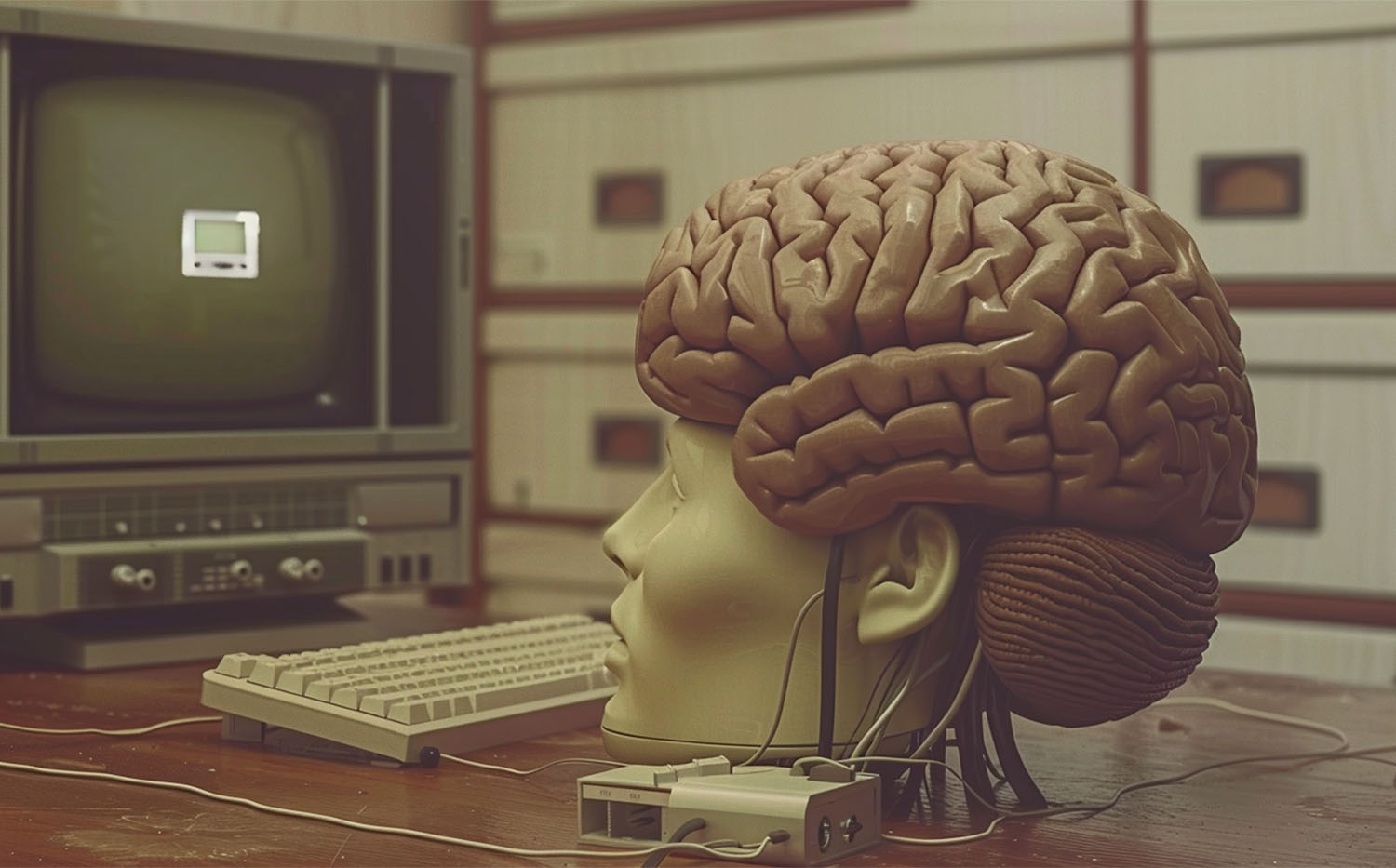Artificial Intelligence (AI) technologies are paving the way for seamless human-machine interactions. Imagine a future where intelligent devices understand requests, identify data relationships, and draw conclusions, enabling them to reason, observe, and plan.
Consider needing to travel for work; your smart device could automatically provide the weather forecast at your destination and alert you to any transport issues. Planning a birthday celebration? A smart bot could send out invitations, make reservations, and remind you to pick up the cake. For a direct marketing campaign, an AI assistant could intuitively segment your customers for targeted advertising, increasing response rates.
This isn’t about sci-fi robot butlers, but we’ve reached a new level of understanding in AI technologies that significantly simplifies our lives. If AI, machine learning, and deep learning still seem daunting, it’s okay to ask questions. We’re here to help. This article will explore AI’s key components and how various technologies have synergized to enhance machine intelligence.
The Evolution of AI and Machine Learning
AI’s journey began with military research and statistics, gradually incorporating insights from philosophy, psychology, mathematics, and cognitive science. Initially, AI aimed to make computers more useful and capable of independent reasoning.
Historians often cite the 1956 Dartmouth Conference as AI’s birthplace, focusing on symbolic methods and problem-solving. By the 1960s, the U.S. Department of Defense showed interest in making computers mimic human thought processes.
In the 1970s, DARPA’s projects on virtual street mapping laid the groundwork for modern automation and formal logic principles in computing. Before tech giants like Google, Amazon, and Microsoft ventured into AI, DARPA had already developed intelligent personal assistants in 2003.
Machine learning and deep learning, subsets of AI, involve algorithms learning from data to uncover patterns without explicit programming. Neural networks, inspired by biological neural networks, play a crucial role in machine learning. Deep learning uses complex neural networks for advanced data pattern recognition, commonly applied in image and speech recognition.
Computer vision and natural language processing enable machines to understand and interact with images, videos, and human language, leading to applications like Siri and Google Assistant.
AI’s foundational concept is that computers should learn and adapt from experience, but its scope extends to computers executing tasks intelligently.
Intelligent Applications Based on Big Data and AI
The big data buzz a few years back highlighted our capacity to store and process unprecedented data volumes, thanks to advanced computing power. This progress improved speech and image recognition algorithms, feeding machine learning systems with vast information for development.
This advancement has brought AI closer to its original goal of creating devices adapted for everyday life, from online shopping recommendations to auto-tagging social media photos.
Today’s AI can answer complex inquiries about sales, inventory, customer loyalty, and fraud detection, offering insights and suggestions for further analysis. In real life, this means quicker healthcare treatment evaluations, enhanced retail cross-selling, and more effective fraud prevention in finance.
The current state of AI builds on decades of research, promising many more years of refining human-machine intelligent interactions.

